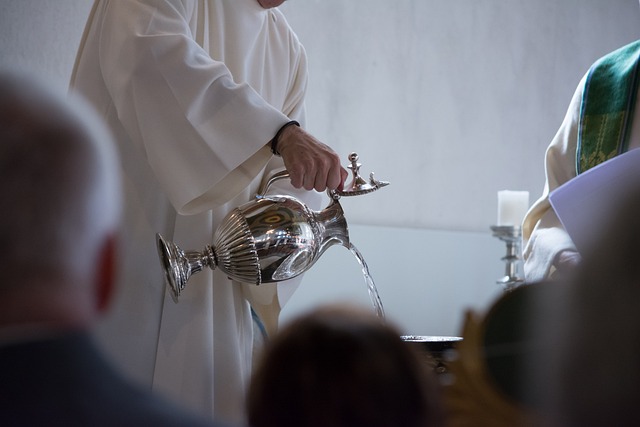The concept of spiritual liberation through rituals often intersects with the deeply held beliefs found in various religions. Among these rituals, the victim drop stands out as both a poignant and powerful practice. Rooted in ancient traditions, this ritual symbolically represents the release of burdens and the shedding of past grievances, enabling participants to embark on a journey toward enlightenment and inner peace.
Religion plays a central role in many cultures, and its teachings often emphasize the importance of forgiveness, renewal, and the cleansing of the soul. The victim drop ritual encapsulates these teachings by allowing individuals to confront their pain and suffering. By acknowledging their roles as both victims and perpetrators in life’s intricate web of relationships, participants find a space to reflect, repent, and ultimately, to liberate themselves from the shackles of their emotional baggage.
During a typical victim drop ceremony, sacred chants and prayers echo through the air, providing a melodious backdrop to the cathartic experience. Participants often gather in communal settings, fostering a sense of unity and shared purpose. This collective energy becomes a source of strength, helping each individual confront their fears and sorrows. The ritual is not merely an act of personal catharsis; it embodies the teachings of community, compassion, and spiritual growth inherent in various religious doctrines.
The act of dropping a symbolic victim—be it a physical object representing pain, a written note of grievances, or even the letting go of toxic emotions—serves as a transformative experience. As individuals relinquish these burdens, they often report feelings of lightness, clarity, and freedom. It is within this framework that the victim drop becomes a metaphor for spiritual liberation, unlocking the doors to self-acceptance and holistic healing.
This ritual also prompts participants to examine their beliefs and the narratives they tell themselves. Religion often encourages adherents to seek deeper meaning in their suffering. Through the lens of faith, the victim drop ritual allows individuals to understand their experiences as part of a larger spiritual journey, rather than isolated incidents. This perspective fosters resilience and empowers individuals to cultivate positive change in their lives and communities.
In the aftermath of the victim drop ritual, many report a profound transformation. The clarity that comes from shedding emotional weight can lead to renewed relationships, enhanced spiritual practices, and a deeper connection to their religious beliefs. It’s not uncommon for participants to express a desire for ongoing personal growth and to engage more actively within their faith communities. This ripple effect demonstrates how one ritual can have a lasting impact on personal lives and beyond.
Moreover, the victim drop ritual also opens the floor for dialogue surrounding mental health and spirituality. As more individuals acknowledge the importance of emotional well-being within religious contexts, communities can begin addressing these issues more openly. The fusion of psychological insight and spiritual practice can create a richer, more supportive environment—allowing individuals to reconcile their life experiences within the framework of their beliefs.
Ultimately, the victim drop ritual serves as a profound reminder of the human experience. By recognizing the shared struggles we face, and how religion can guide us through, we uncover pathways to healing and liberation. As more individuals engage in such practices, the potential for collective growth becomes limitless, transforming not just individual lives but entire communities.



